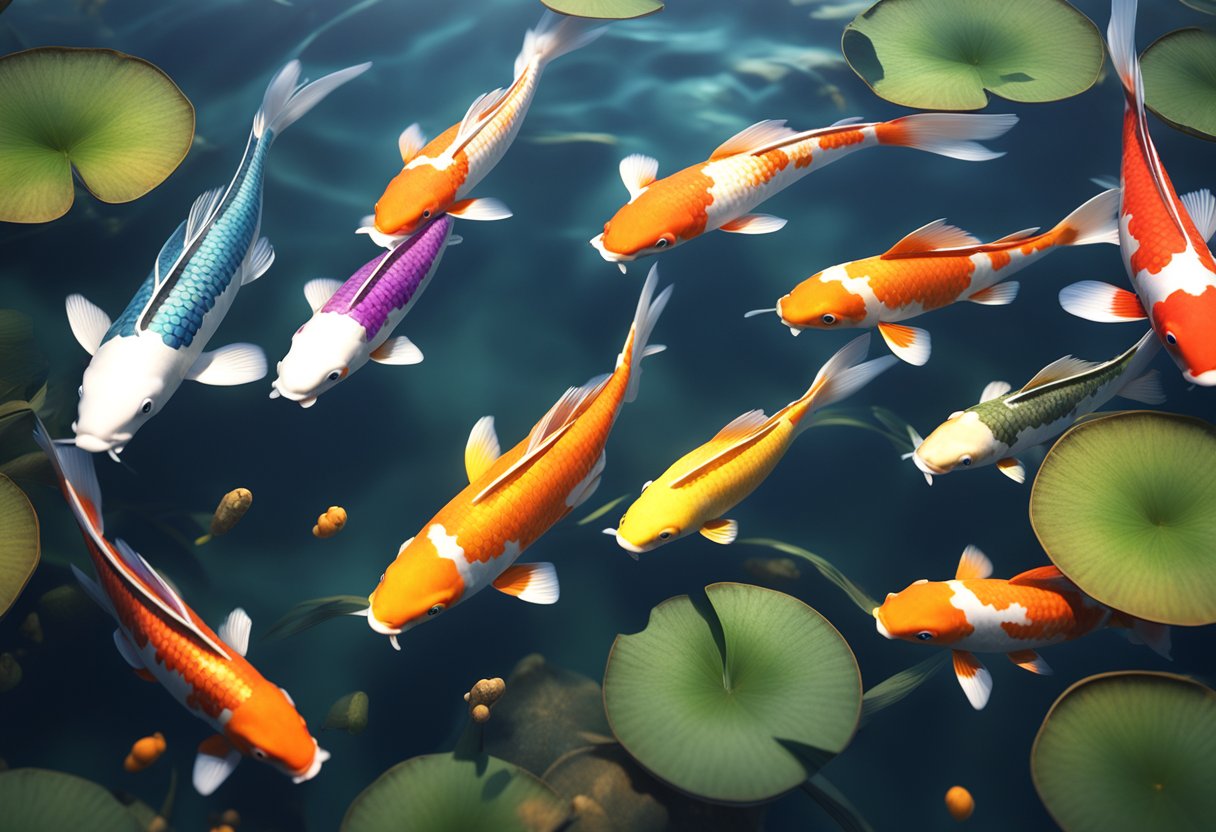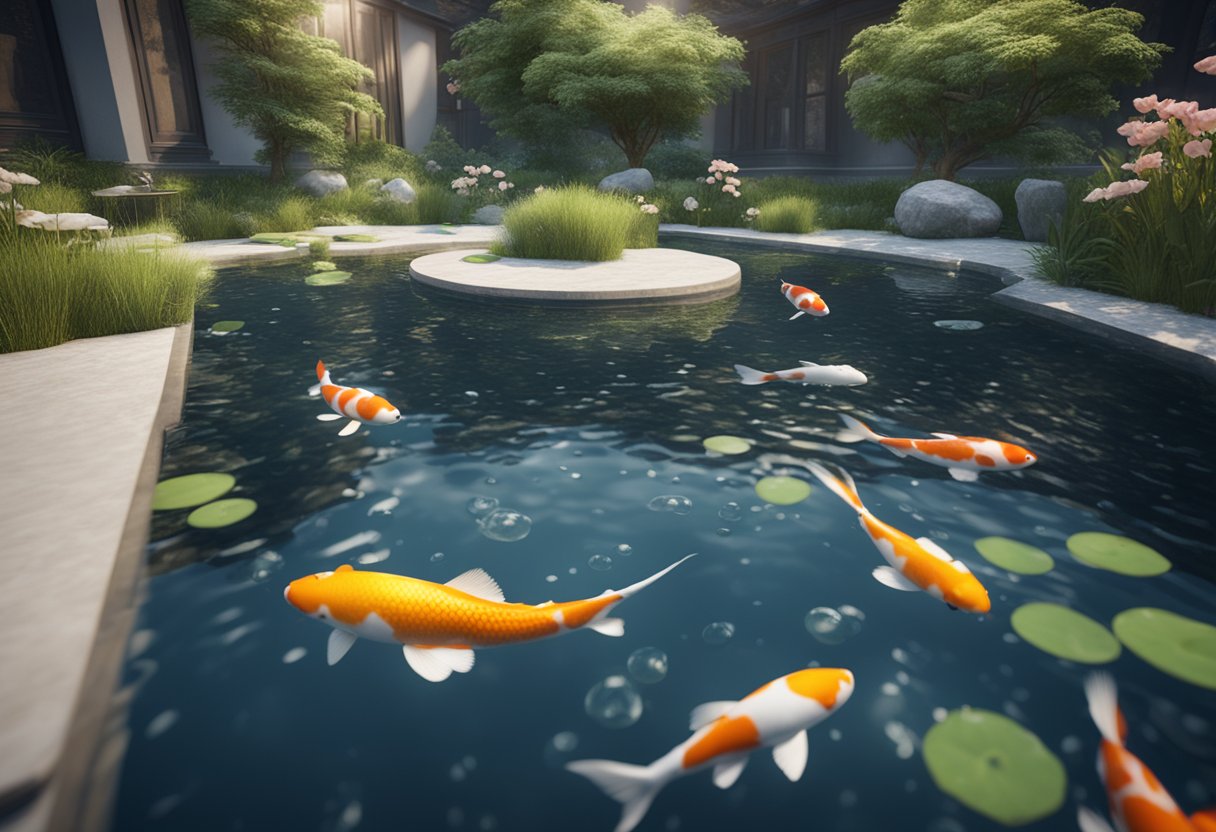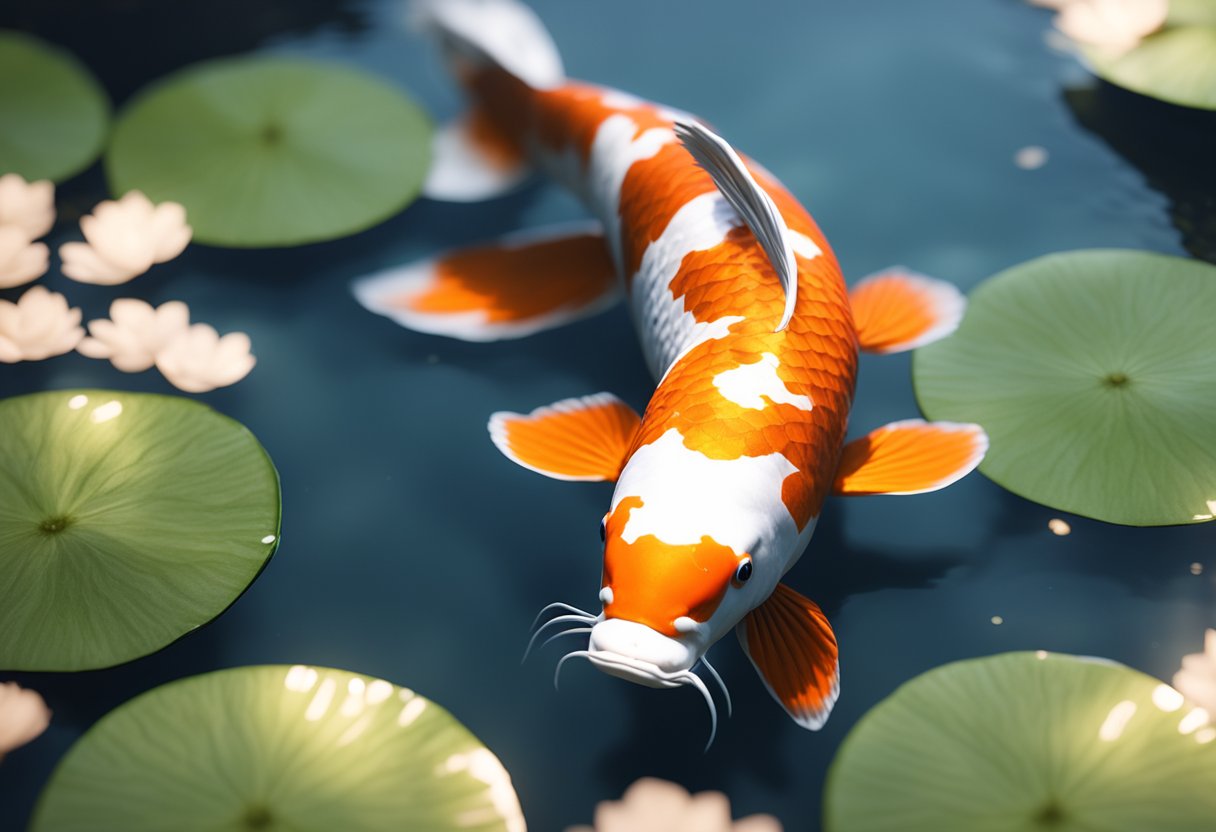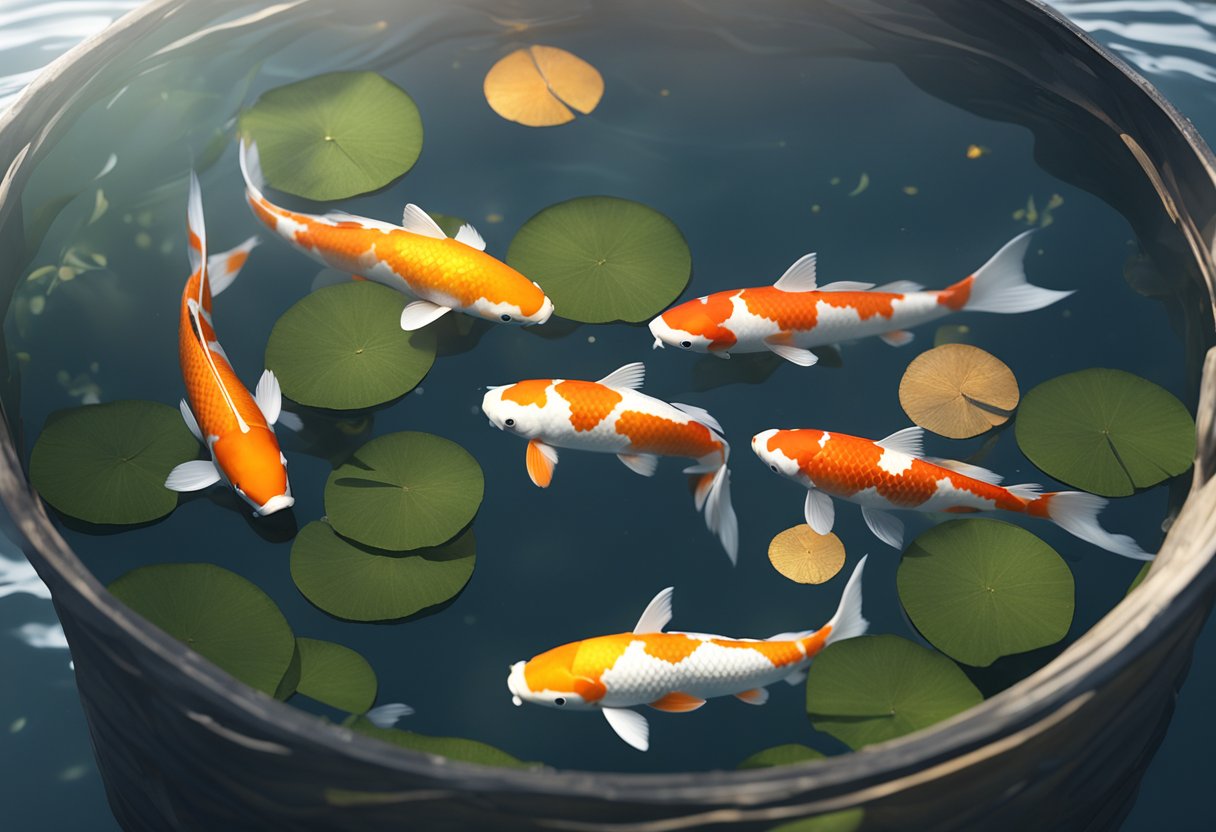Koi Feeding Tips for Healthier Pond Fishes

Essential Nutrients for Koi
When assessing the nutritional value of koi food, keep an eye out for the essential nutrients your fish require. Proteins are particularly important for growth and repair, making them a key component in koi diets. Look for koi foods with **high protein** content, ensuring your fish receive the building blocks necessary for healthy development.
Vitamins and minerals play crucial roles in maintaining optimal health and boosting the immune system of your koi. Seek out foods that are fortified with essential vitamins like vitamin C, which helps ward off diseases and strengthen the immune system. Adequate mineral content is also essential for supporting various biological processes within the fish.
Choosing the Best Koi Food Brands
When it comes to selecting a brand for your koi food, opt for reputable manufacturers known for their dedication to quality and fish nutrition. Research well-established brands with a track record of producing top-notch koi food. These brands invest in scientific research and use high-quality ingredients to ensure the health and well-being of your koi.
Comparison of Top Koi Food Brands
| Brand | Key Features | Available Varieties | Price Range (per lb) |
|---|---|---|---|
| Tetra | Scientifically formulated, high-quality ingredients | Pellets, sticks, flakes | $10 – $20 |
| Hikari | Enhances growth, vibrant colors, and immune system | Pellets, flakes, freeze-dried | $15 – $30 |
| Omega One | Whole fish protein and natural color enhancers | Pellets, flakes | $12 – $22 |
Note: The prices mentioned are approximate and may vary.
In conclusion, selecting the best koi food for your fish is a critical aspect of their care. Consider their nutritional requirements, explore different food types, and choose from reputable brands. By providing your koi with nutritious and high-quality food, you are ensuring their growth, vitality, and overall well-being.
Properly Feeding Koi Fish

Feeding koi fish properly is essential for their overall health and well-being. It involves more than just providing the right amount and type of food. In this section, we will explore the correct techniques for feeding your koi, ensuring they receive the nutrition they need while minimizing waste.
Hand Feeding:
One popular method of feeding koi fish is hand feeding. This allows you to interact with your fish while monitoring their eating habits. To hand feed your koi, simply approach the pond with small amounts of food in your hand. **Gently** lower your hand into the water and let the fish come to you. This method not only ensures that each fish gets its share of food but also lets you observe any changes in their behavior or appearance.
Automatic Feeders:
For those who cannot be present at the pond for every mealtime, automatic feeders provide a convenient solution. These devices can be programmed to dispense food at specific intervals, ensuring your koi are fed consistently. When using an automatic feeder, it is important to set the portions and feeding frequency according to your fish’s needs. **Consult** a koi feeding guide or seek advice from a **knowledgeable** expert to determine the appropriate settings.
Feeding Techniques:
Regardless of the feeding method you choose, it is crucial to follow some basic techniques to ensure your koi fish receive proper nutrition. First, **spread** the food evenly across the pond surface to prevent overcrowding and competition during feeding. This allows every fish to have a chance to eat. Second, monitor the feeding process to ensure all the food is consumed within a few minutes. If there is excessive food left uneaten after 5-10 minutes, you may be overfeeding your fish. Adjust the portions accordingly to avoid waste and maintain a healthy pond environment.
Remember, properly feeding koi fish is not just about providing food but also about understanding the specific nutritional needs of your fish and implementing the right feeding techniques. By hand feeding or using automatic feeders and following proper feeding methods, you can ensure that your koi fish remain healthy and thrive in your pond.
– Koi Fish Enthusiast Magazine
To summarize:
- Hand feeding allows for interaction and close observation of fish.
- Automatic feeders provide consistent feeding for busy pond owners.
- Spread food evenly and monitor consumption to prevent overfeeding and waste.
| Feeding Technique | Description |
|---|---|
| Hand Feeding | Interact with fish and monitor eating habits |
| Automatic Feeders | Convenient and programmable feeding solution |
| Even Food Distribution | Prevent overcrowding and allow all fish to eat |
| Monitoring Consumption | Ensure all food is consumed within a few minutes |
Feeding Koi in Winter
Winter poses unique challenges for koi fish owners when it comes to their feeding routine. As the temperature drops and the fish’s activity levels decrease, it’s important to adjust the feeding schedule to accommodate their changing needs and ensure their well-being. Undoubtedly, providing adequate nutrition is crucial during this season, but it’s equally essential to avoid overfeeding, which can harm the koi and disrupt the delicate balance of your pond.
During winter, koi fish experience a significant decrease in their metabolic rate, and their digestive system slows down. Because of this, their nutritional requirements change, and they generally require less food than during the warmer months. By providing them with the right amount of nutrition, you can help maintain their health and prevent complications associated with overfeeding, such as poor water quality and obesity.
To provide koi fish with adequate nutrition while mitigating the risk of overfeeding, follow these helpful tips:
- Monitor water temperature: Install a reliable water thermometer in your pond to monitor and record the water temperature regularly. When the water temperature drops below 50 degrees Fahrenheit (10 degrees Celsius), it’s time to adjust the feeding routine.
- Feed less frequently: Decrease the frequency of feeding during the winter. Instead of feeding them multiple times a day, switch to feeding once or twice a week. This reduced feeding frequency supports the fish’s slowed metabolism and reduced activity.
- Choose an appropriate koi food: Opt for a specialized winter koi food that is formulated to meet the specific needs of your fish during colder temperatures. These foods contain higher levels of easily digestible ingredients and lower protein content to support their slowed digestive system.
- Feed smaller portions: Adjust the portion size accordingly to prevent overfeeding. Offer smaller meals that can be consumed within a few minutes. Uneaten food can lead to water pollution, so it’s essential to remove any excess or uneaten food promptly.
- Consider alternative feeding methods: During winter, when koi fish are less active, you might consider using an automatic fish feeder. These feeders dispense small portions of food at set intervals, ensuring your fish get an adequate amount without overfeeding.
Remember, the key is to provide enough nutrition to sustain your koi fish during the winter while being mindful of their decreased activity levels and digestive capabilities. Adjust the feeding routine, choose the right food, and monitor the water quality to ensure your koi’s health and well-being throughout the colder months.




